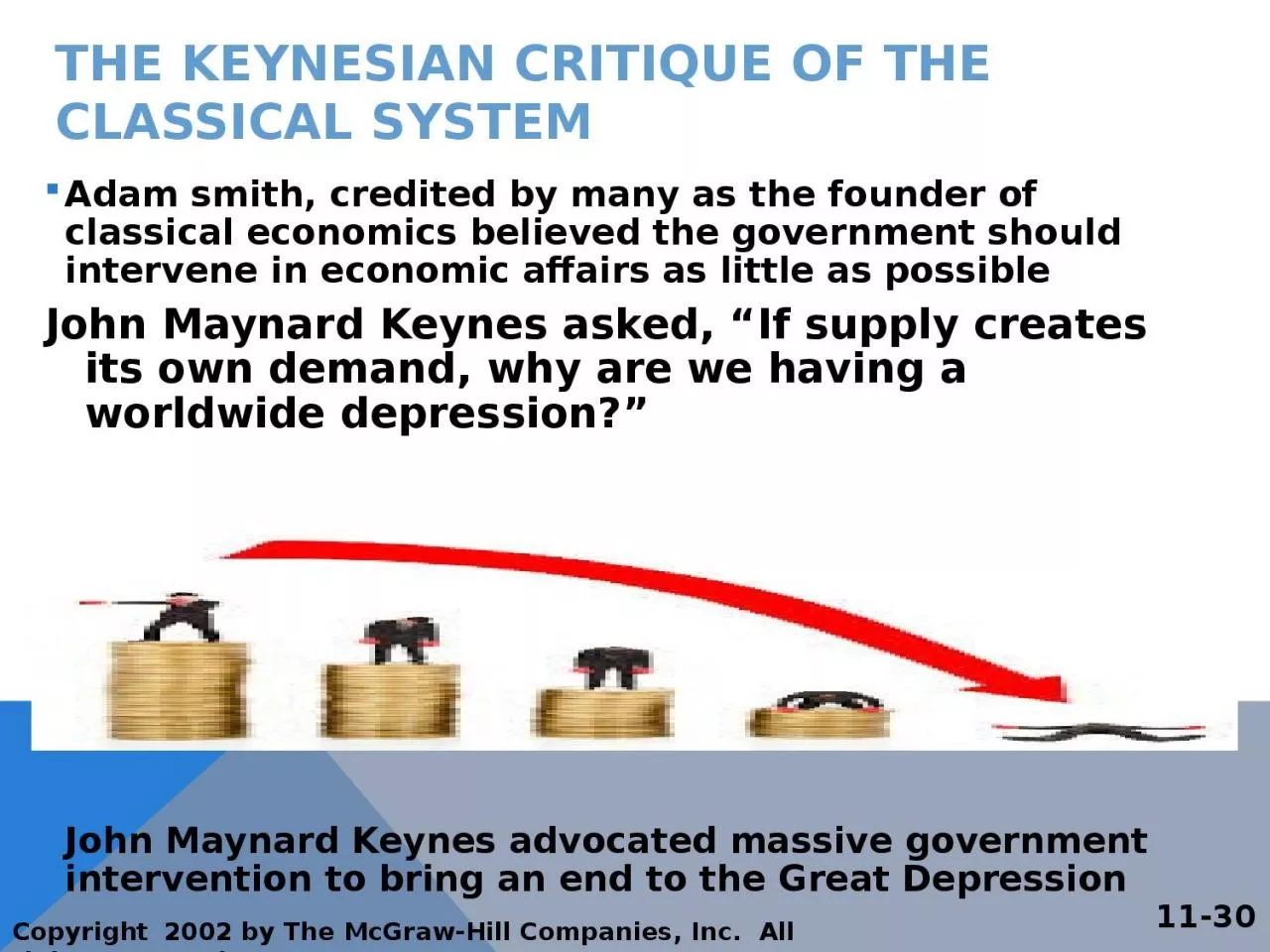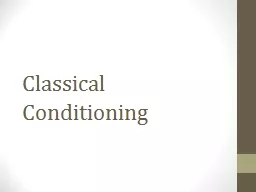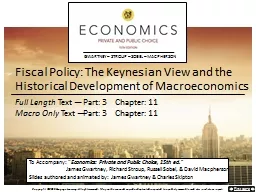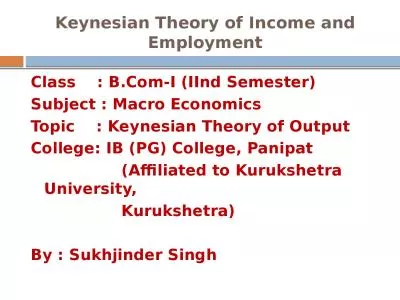PPT-The Keynesian Critique of the Classical System
Author : reagan | Published Date : 2023-10-30
Adam smith credited by many as the founder of classical economics believed the government should intervene in economic affairs as little as possible John Maynard
Presentation Embed Code
Download Presentation
Download Presentation The PPT/PDF document "The Keynesian Critique of the Classical ..." is the property of its rightful owner. Permission is granted to download and print the materials on this website for personal, non-commercial use only, and to display it on your personal computer provided you do not modify the materials and that you retain all copyright notices contained in the materials. By downloading content from our website, you accept the terms of this agreement.
The Keynesian Critique of the Classical System: Transcript
Download Rules Of Document
"The Keynesian Critique of the Classical System"The content belongs to its owner. You may download and print it for personal use, without modification, and keep all copyright notices. By downloading, you agree to these terms.
Related Documents














